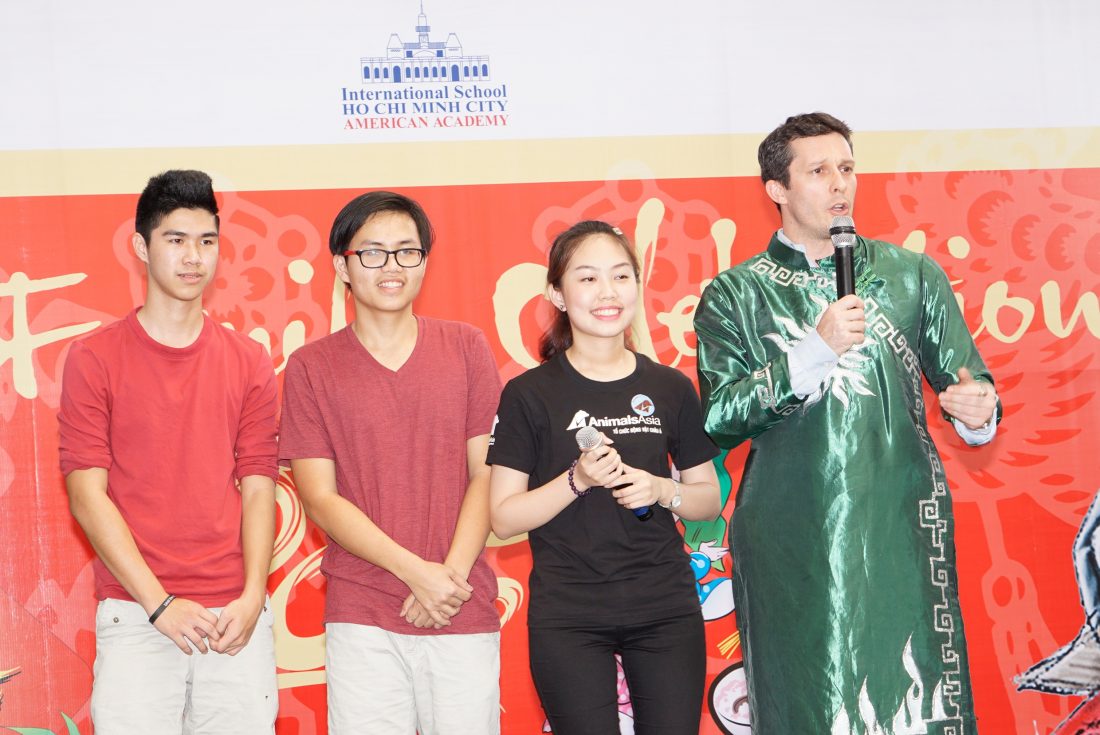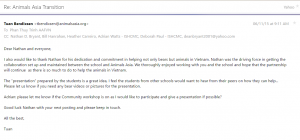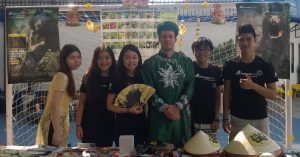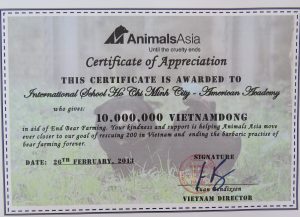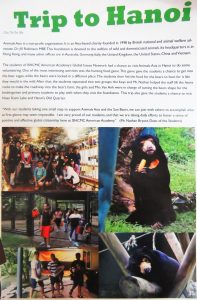
By Nathan D. Bryant
Problem Based Learning (PBL) is an educational practice of having students learn content and skills through a relevant and problem solving challenge. This is a great method for student learning for many reasons, some of which being that students get authentic leadership opportunities, they get involved with the local community as well as they get to employ classroom learned theories in developing effective solutions. In all of the various times I have used PBL, the students and I have always walked away with both lessons learned and a sense of enjoyment for what we undertook. Educators should be aware, PBL is not simply finding an issue and handing over the task of making things better to groups of students. For PBL to work, teachers need to have a long-term vision of what is going to happen, identify and prep the necessary support resources as well as provide regular feedback to students with their progress in all stages you set out for the unit. While these types of units can take a lot of work, the student energy and enthusiasm seems to make teaching these lessons the best part of the school-day. If you would like to learn more about PBL and get some starter resources, I would suggest starting with www.teaching.cornell.edu/pbl.
During my time as Dean of Students and Economics teacher at ISHCMC American Academy, my Econ classes and I took on a major social need, protecting the endangered local animals of Sun and Moon bears. In Vietnam, these animals habits are being encroached upon, as well as some demands for these animals to make local medicines was leading to harsh treatment of Sun bears. As this animal was our school mascot, we decided to partner with NGO Animals Asia and utilize the tools of economics to support this cause. Students would now not only get a chance to master some principles of economics, but they would also get the opportunity to be of support to those in need.
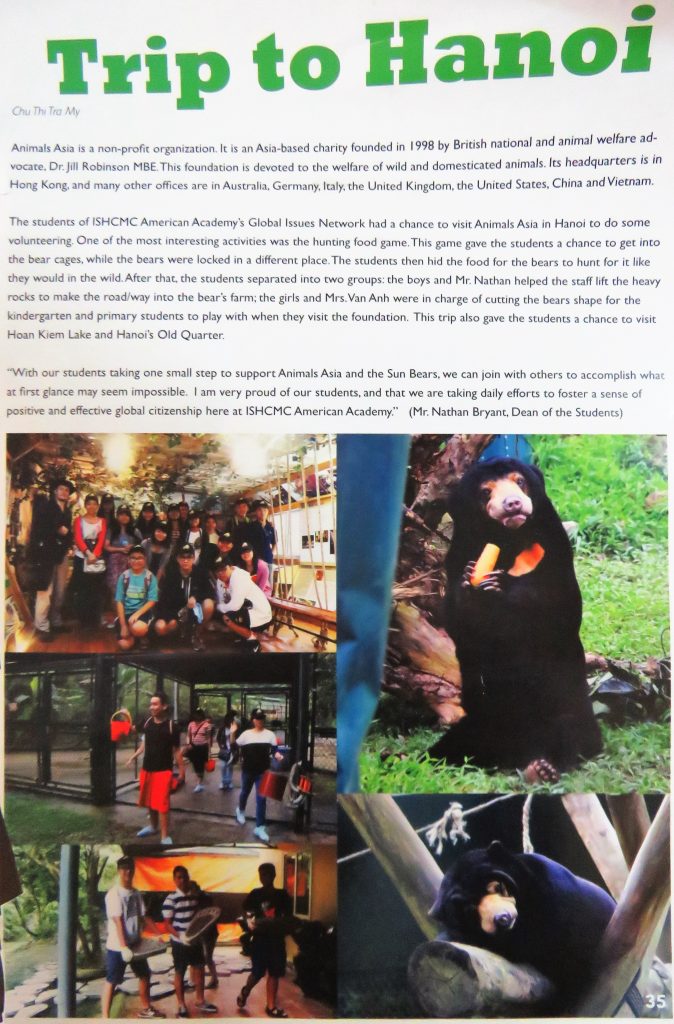
ISHCMC AAVN School Newspaper Article
With the planning of this unit, while I would be guiding the students and serving as a liaison between school administration and Animals Asia, I also wanted to provide as much leadership opportunity as well to the students. Thus, I needed to certainly direct and coordinate some aspects, but the more leadership the students could take, the more they would learn. To foster student leadership, one strategy that I used was using motivational theory as outlined by Daniel Pink’s book Drive. With this, there are three main ideas to motivate people to take action:
1. Autonomy: Students should have a sense of control and oversight with their projects.
2. Mastery: Projects should have enough challenge to foster learning, and if students become overwhelmed, the teacher needs to provide adequate support and guidance.
3. Purpose: Student groups needs to understand and believe in the importance of the project.
With this theory in mind, I first allowed the students to select their own cause they wanted to invest in. After some time, and seeing pictures and videos of the conditions these animals faced, it was unanimous that we help the Sun and Moon bears. After I communicated with and put students in touch with Animals Asia, as a partnership, we then developed what we be both a meaningful and realistic goal we could accomplish. We would be successful if we could raise funds through school events, while promoting the issue these animals faced. With our goal being set, the class and I identified what roles would be needed, and who would be best suited to carry out these tasks.
From here, my job as a leader was more to step back and provide daily guidance to the students. I invested most of my time towards the leaders within smaller groups, so they in turn could step up more as a leader in their own focus areas. This is another strategy as first taught by Genghis Khan, in how he organized his military towards optimal efficiency. Our classes would continue with lessons over the course material of economics, with class discussions and elaborations on how this content could be applied in moving their project forward. Through such regular dialogue and practice, students become much more familiar with course theories, but also gained a sense of mastery through their hands-on applications. With events such as a Silent Art Auction and sale events of Animals Asia merchandise, we raised over 3000 USD in one year, as well as made animal protection of Sun and Moon bears a major topic of discussion in our school community. In the end, the students and I were very proud of our accomplishment.
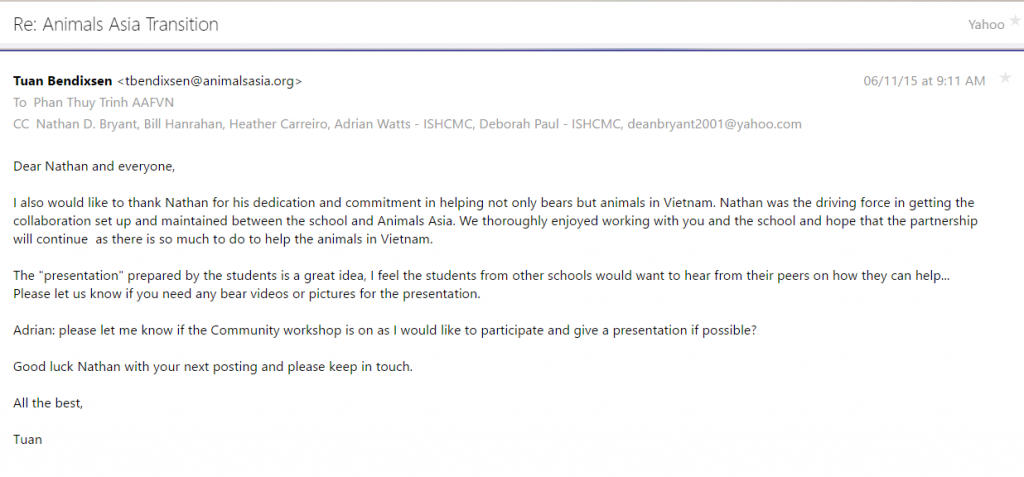
Note of thanks from Animals Asia CEO
Although this project required a high investment in time and energy by many people, we all walked away with some powerful benefits. First, our students not only became aware of a community need, but they learned from personal experience how they can empower themselves to be part of the solution. Next, our school became a more positive force in our local community. This means that we built new positive relationships, but we also developed our school image of being a place that educates students for meaningful purposes. Last, many students not only became introduced to economics, but they also discovered this was a passion they had, evident by some group members continuing economics and business as university subject areas.
For myself as a school leader in this project, perhaps the most important lesson I learned is that sometimes as a leader you need to step forward, and sometimes you need to step back. Being a leader is not about being the person that gets all of the fame, but instead, it’s about being of service to the community for building positive and lasting change. If a leader is really going to be of service to the community, then perhaps one of our most important roles is to mentor the future leaders of tomorrow so they will be ready when their time comes.
